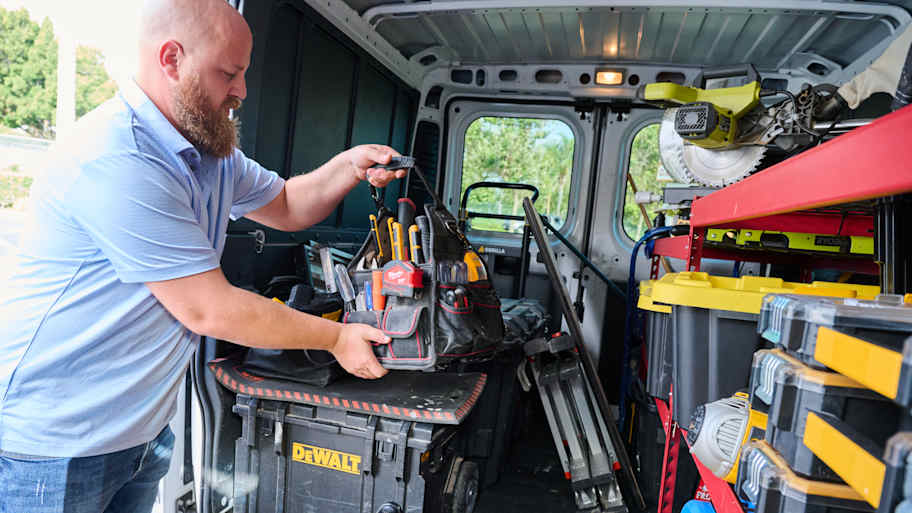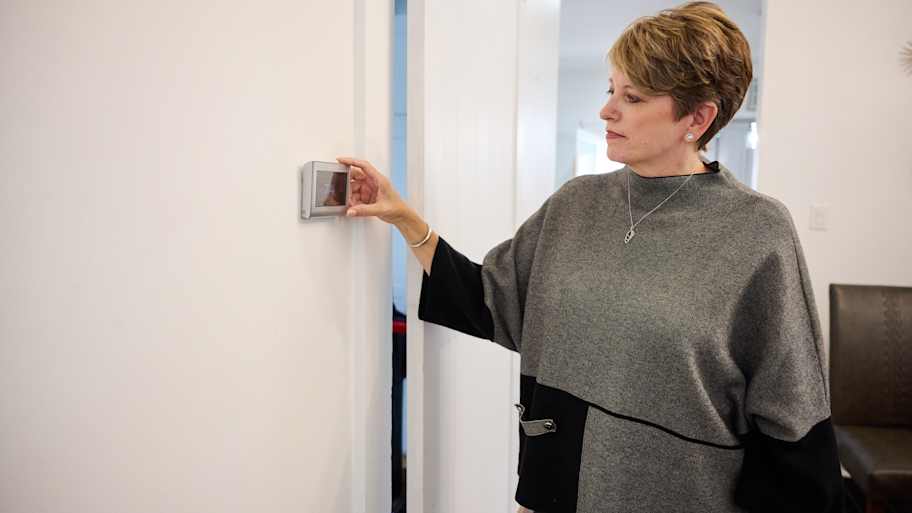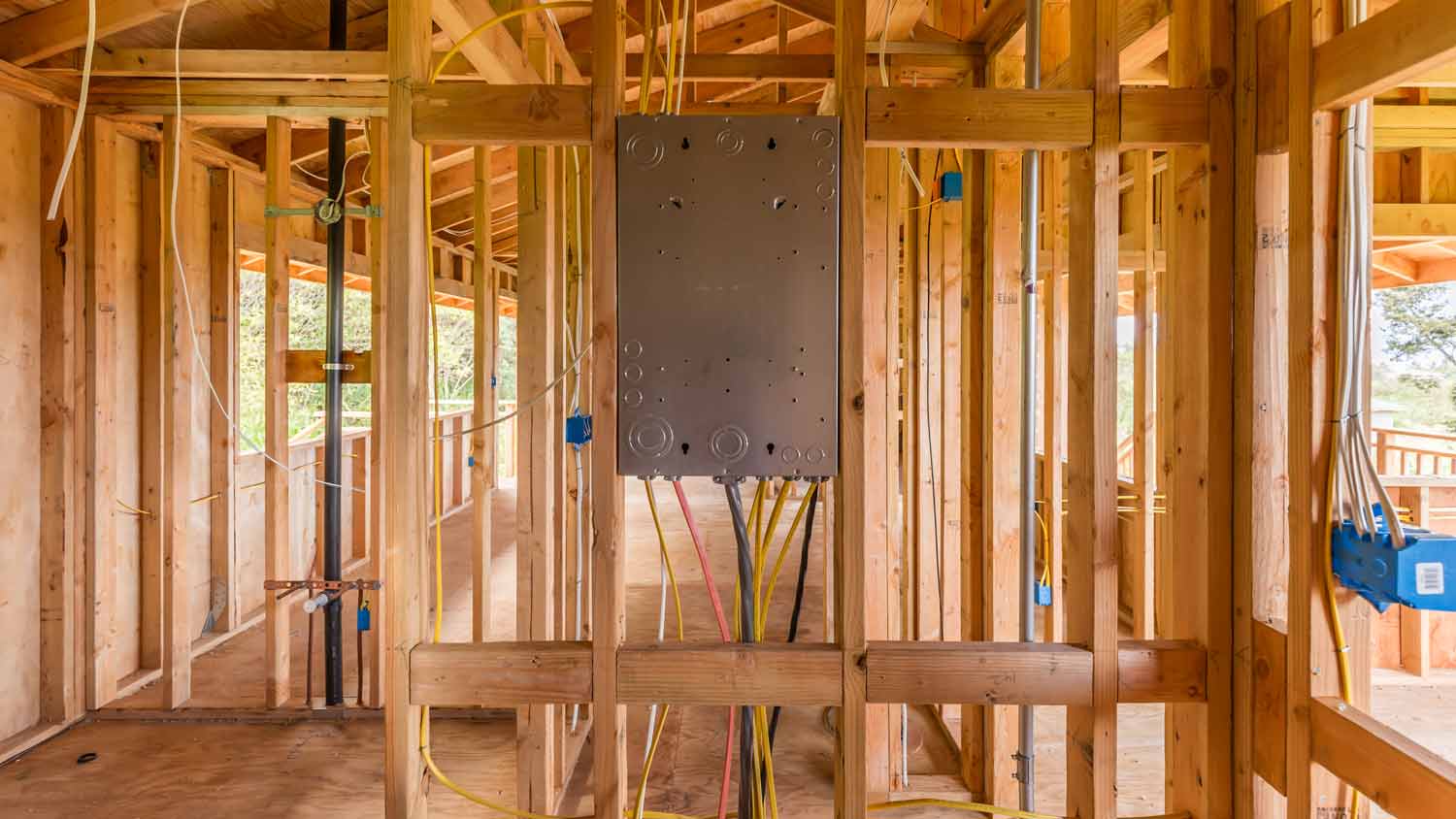Is Aluminum Wiring in Your House Safe? What to Do If You Have It
Aluminum wiring in older houses poses a serious risk of fire and injury—here’s why


Homes with aluminum wiring can be a fire hazard, and they’re 55 times more likely to have fine-prone outlets.
Aluminum wiring can void home insurance policies.
If your home has aluminum wiring, consult an experienced electrician to discuss option for replacement.
Homes built before 1972 may have aluminum wiring.
While the chances of finding a newly constructed home with aluminum wiring are pretty slim, many older homes still have their original electrical systems intact. Aluminum wiring poses a fire hazard, and its presence in your home may void your homeowners insurance policy. Here’s how to find out if your home has aluminum wiring and what to do about it.
What Is Aluminum Wiring and Is It Safe?

Aluminum wiring was frequently used in home electrical systems during the 1960s and 1970s as an affordable alternative to copper wiring. However, aluminum wiring quickly fell out of practice because of a few inherent flaws, especially its tendency to overheat when there’s a high electrical load. This makes aluminum wiring at a high risk for an electrical fire.
Aluminum wiring struggles with durability, loosening, and oxidizing in ways that are dangerous for home electrical systems. That’s why aluminum wiring was discontinued and even banned in some states. However, you may still find it in some houses that were built before the 1980s.
What Makes Aluminum Wiring Dangerous?
According to the U.S. Consumer Product Safety Commission, homes with aluminum wiring are 55 times more likely to have at least one outlet connection reach “fire hazard conditions” such as hot receptacles, electrical sparks, and charred materials.
Aluminum expands and contracts far more than copper does in load temperature changes, which can cause connections to come loose, or worse, expose the bare wires. Prolonged exposure can corrode and oxidate the wires and overheat where it connects to outlets, light fixtures, or where it splices.
In addition to the expansion, loosening, and oxidation problems, aluminum wires are also less malleable, and over time, become more susceptible to breaks, frayed edges, and fire risk.
What’s more, these problems begin to reinforce each other in a vicious cycle:
The expansion and loosening mean the connections begin to deteriorate, creating more fire risk.
As resistance builds in the wire, the hotter the wire becomes.
As the wire heats up, it expands more.
As the wire expands, the more the connections deteriorate.
That’s not to say that all aluminum wiring is dangerous. Large-diameter aluminum wires are safe for use in some commercial purposes and even in some airplanes. However, it's definitely worth a closer look when it’s incorporated into an older home’s electrical system.
Will Homeowners Insurance Cover Aluminum Wiring?
Whether your homeowners insurance policy will cover a home with aluminum wiring depends on the type of coverage and the insurer. In some cases, aluminum wiring can void your homeowners insurance.
Homeowners insurance covers sudden events in standard residential homes, including a power surge or electrical failure that cause a fire. However, aluminum wiring is a special case: Its risk is well known and it’s not due to any sudden events. In fact, insurers may consider the presence of aluminum wiring as a maintenance issue. That means at minimum, you’ll have to pay higher rates for home insurance on a building with aluminum wiring.
How to Tell If Your Home Has Aluminum Wiring
Aluminum wiring may be a fire risk, but it is fairly easy to identify visually or with the help of a professional electrician near you.
1. Know Your Home’s History
Your first clue in the hunt for aluminum wiring is your home’s age. Homes built during the mid-1960s to the early 1970s probably have aluminum wiring. (After that date, most home construction switched to copper wires.)
2. Check Visible Cables in the Basement or Attic
Next, inspect any exposed wiring that runs through your attic, basement, or other unfinished spaces in your home. Look for markings that read “AL” or “aluminum” on one side of the plastic sheath of the cables covering your wiring. The labeling should repeat every few feet or so.
Remember, look but do not touch, as live wires can be very dangerous. If you’re unsure, can’t find any markings, or don’t see a safe way to examine the sheath, then call a professional electrician to determine whether your home has aluminum or copper wiring.
3. Look for Common Warning Signs
Aluminum wires are notorious overheaters. Touch the surface of the plate covers on your outlets and switches, which should feel cool or neutral. Warm connection points may signify an electrical issue. Flickering lights or the smell of burning plastic are also key aluminum indicators (more on this below).
How and When to Replace Aluminum Wiring
If your home contains aluminum wiring, you should strongly consider replacing the wiring, but you have a few options here.
Replace Aluminum Wiring
If your home runs on aluminum wiring, it means the entire electrical system is seriously outdated, making it more likely to fail and cause serious damage. That makes your home an excellent candidate for full wiring replacement. Rewiring a house typically costs around $2 to $4 per square foot, and it will require hiring a professional electrician to manage and execute this essential upgrade.
Replace Connection Points Where the Aluminum Wire is Exposed
Alternatively, when rewiring the whole house isn’t in the budget, you can hire a licensed electrician to make the connections safe by adding a short section of copper wire to the end of each aluminum wire. That way, your switches and outlets are connected to copper rather than aluminum.
While this solution won’t completely resolve every potential problem associated with aluminum wiring, it addresses places where loose wires are most likely to create gaps, greater resistance, higher heat, and fire risk.
Signs of a Serious Home Electrical Issue

Given that aluminum wiring can be hazardous, it’s important to know the warning signs of a dangerous electrical issue.
Your circuit breaker frequently trips.
You experience a mild shock or tingle after touching an appliance.
An outlet frequently sparks when you plug in or unplug appliances.
Ceiling light fixtures or the surrounding area are warm to the touch when in use.
Light switches or outlets malfunction regularly or lights flicker (even after you replace the light bulb).
You notice a distinct burning smell that isn’t attributable to cooking food or burning candles.
If you spot any of these signs in your home, the best and safest course of action is to unplug any involved appliance and call a local electrician immediately.
Cost to Rewire Your Home
Rewiring a house costs $4,000 to $8,000. However, depending on the size of your project, it can be as little as $1,500 or as high as $12,000 when rewiring a larger, older home. The cost per square foot averages $2 to $4. As with any home project, labor costs in your local area can drive up or down your total expense.
DIY vs. Hiring a Pro
Unless you’re a certified electrician, you should not attempt to DIY rewiring your home. Doing it yourself might save money, but it requires a thorough understanding of electrical systems and strict adherence to safety codes. Mistakes can lead to severe hazards, including electrical fires and injuries.
Additionally, laws regarding do-it-yourself electrical work vary nationwide and may not be legal in your local area. Remember, hiring a professional ensures the job is done safely and correctly.
Frequently Asked Questions
A house with aluminum wiring doesn't always need a complete replacement but requires careful maintenance and potential safety upgrades. Aluminum wiring can pose fire risks due to its tendency to expand and contract, leading to loose connections. Safety measures include installing aluminum-compatible outlets, applying anti-oxidant paste, or using copper pigtailing at connections. Consulting a licensed electrician for an inspection and necessary updates can ensure the wiring meets current safety standards without needing a total replacement.
Buying a house with aluminum wiring requires careful consideration due to potential fire risks. Ensure a thorough inspection by a licensed electrician to assess the condition and identify necessary safety upgrades—factor in these additional costs when deciding. While it may not be a total deal-breaker, understanding the risks and required maintenance is necessary. Also, you should consult your insurer about coverage for homes with aluminum wiring to know whether the house is insurable.
In many cases, you can sell your house if it has aluminum wiring, but you are likely required to disclose that fact during the sale. In some cases, your city or area may have banned the sale of homes with aluminum wiring, so you’ll need to update the wiring or arrange for its replacement as part of the sale. In some cases, it will benefit your home sale to replace the wiring system before putting it on the market.
Multistrand wiring refers to aluminum wiring that’s made of many fine strands twisted together into one strong wire. This is not the same thing as single-strand aluminum wiring previously used in residential homes. Instead, it’s more commonly found in commercial applications and heavy-duty uses. Multistrand aluminum wiring is much safer than old versions and doesn’t carry the same fire hazards and other issues.
Pigtailing is an old method of combining wires. It involves stripping down wires to lengthen them and then carefully twisting the wires together so they can be used on a single contact point or for similar purposes. Normally, this would be a DIY project to help manage old wiring or fix a simple electrical issue like a broken outlet. But in the case of aluminum wiring, pigtailing can’t address the underlying risks of the wiring itself, so it’s not a great solution.



.jpg?impolicy=leadImage)

- Home Generator Repair
- Lamp Repair
- Electric Repair
- Generator Installation
- TV Antenna Services
- Emergency Electricians
- Commercial Electricians
- Attic Fan Installation
- Attic Fan Repair
- Exhaust Fan Installation
- Electric Inspectors
- Subcontractors
- Electrical Construction
- EV Charger Installer
- Chandelier Installation
- Doorbell Installation
- Bathroom Fan Installation
- Ring Installers
- Electrical Panel Upgrade











